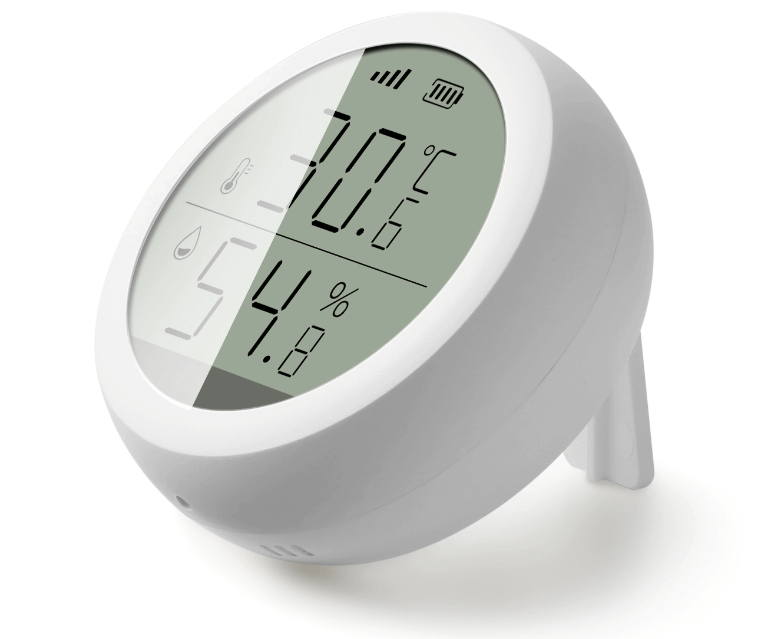How to Use Smart Sensors for Temperature Control is an increasingly relevant topic in today’s technologically advanced world. Smart sensors are revolutionizing how we manage and maintain temperature in various applications, from our homes to complex industrial processes. These sophisticated devices offer superior accuracy, efficiency, and control compared to traditional methods. This guide will explore the intricacies of smart sensors, offering a clear understanding of their functionalities, selection criteria, integration processes, and diverse applications.
Implementing smart sensors for temperature control involves precise monitoring and automated adjustments. These sensors work seamlessly with various devices, and their integration is key to creating a comfortable living environment. For those interested in expanding their smart home capabilities, exploring Cutting-Edge Smart Home Appliances You Need is a great way to discover complementary technologies. Ultimately, smart sensors ensure optimal temperature regulation, contributing to energy efficiency and personalized comfort.
We’ll delve into the core concepts of smart sensors, examining different types like thermistors, thermocouples, and RTDs, and highlighting their advantages. You’ll learn how to select the right sensor for your specific needs, considering factors such as temperature range, accuracy requirements, and environmental conditions. Furthermore, the guide will cover sensor communication protocols, system integration, programming control algorithms, data logging, and analysis, along with practical examples and troubleshooting tips. This comprehensive approach aims to equip you with the knowledge needed to effectively utilize smart sensors for optimal temperature management.
Introduction to Smart Sensors for Temperature Control: How To Use Smart Sensors For Temperature Control
Smart sensors have revolutionized temperature control, offering enhanced accuracy, efficiency, and automation compared to traditional methods. These devices are integral to various applications, from residential heating, ventilation, and air conditioning (HVAC) systems to complex industrial processes. This section will explore the fundamental concepts, types, and advantages of smart sensors in temperature regulation.
Utilizing smart sensors for temperature regulation is becoming increasingly prevalent in modern homes. However, ensuring overall security is also paramount. Consider integrating smart cameras for home safety, a topic explored in detail here: How to Use Smart Cameras for Home Safety. Ultimately, optimizing both temperature control and security systems ensures a comfortable and safe living environment through the use of smart sensors.
Explain the basic concept of smart sensors and their function in temperature regulation.
Smart sensors are sophisticated devices that go beyond simple temperature measurement. They incorporate microprocessors and communication capabilities, enabling them to process data, make decisions, and communicate with other systems. In temperature regulation, smart sensors continuously monitor the temperature, transmit data to a control system, and receive commands to adjust heating or cooling elements to maintain the desired temperature.
Provide examples of different types of smart temperature sensors (e.g., thermistors, thermocouples, RTDs)., How to Use Smart Sensors for Temperature Control

Source: iotecheg.com
Several types of smart temperature sensors are available, each with its characteristics and applications. Here are some examples:
- Thermistors: These are semiconductor devices whose resistance changes significantly with temperature. They are highly sensitive and cost-effective, making them suitable for applications requiring high precision within a limited temperature range.
- Thermocouples: These sensors generate a voltage proportional to the temperature difference between two dissimilar metal junctions. They are known for their wide temperature range and robustness, making them suitable for industrial applications.
- RTDs (Resistance Temperature Detectors): These sensors use a change in electrical resistance to measure temperature. RTDs offer high accuracy and stability over a wide temperature range, making them ideal for precision temperature control.
Detail the advantages of using smart sensors over traditional temperature control methods.
Smart sensors offer several advantages over traditional temperature control methods, including:
- Enhanced Accuracy: Smart sensors provide more precise temperature readings than traditional analog sensors.
- Improved Efficiency: Smart sensors can optimize energy consumption by precisely controlling heating and cooling systems.
- Remote Monitoring and Control: Many smart sensors can be accessed and controlled remotely, enabling real-time monitoring and adjustments.
- Data Logging and Analysis: Smart sensors can log temperature data, which can be used for performance analysis and optimization.
- Integration with Automation Systems: Smart sensors can easily integrate with automation systems, enabling automated control and adjustments.